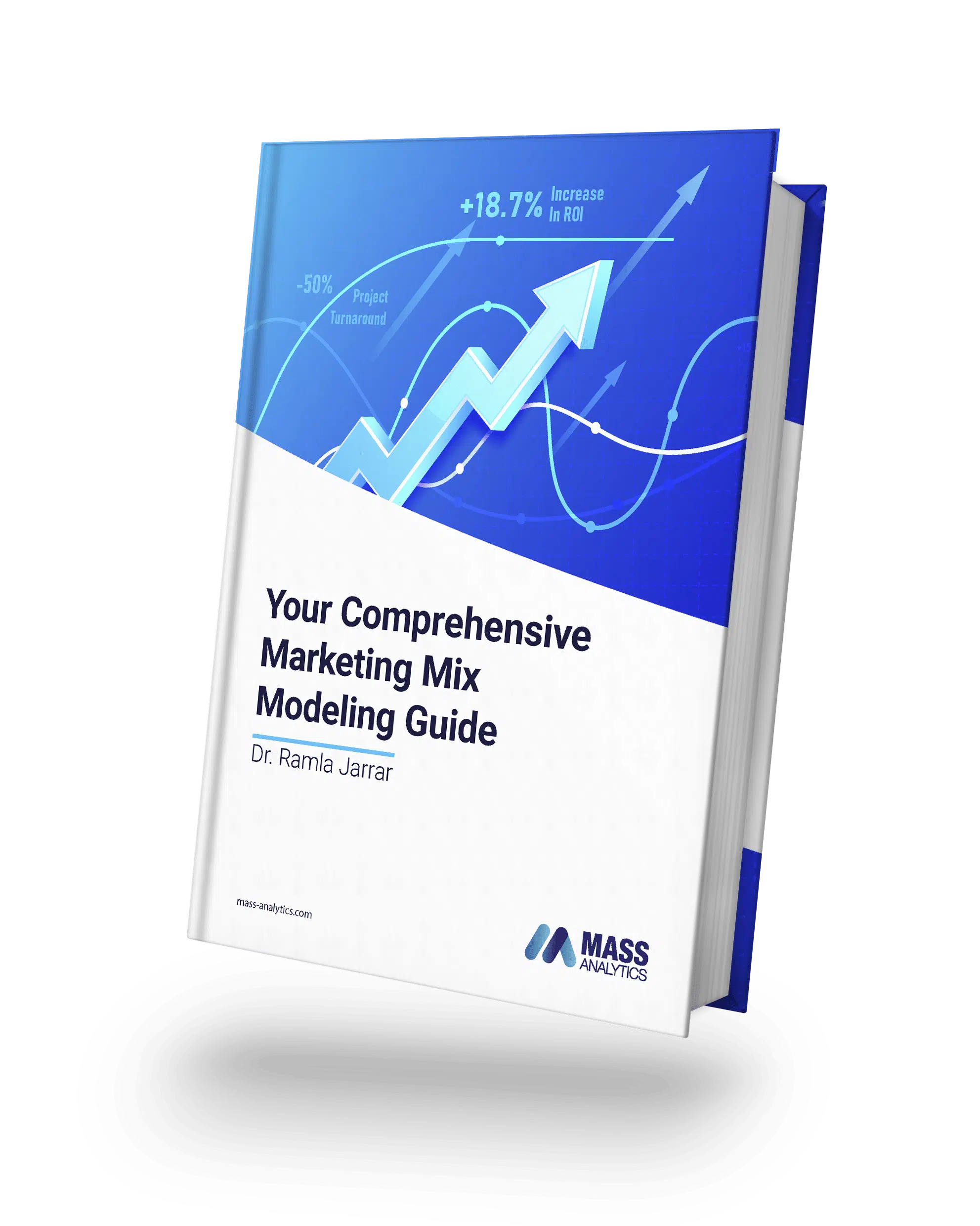The 5 Pillars of a Best-in-Class Marketing Mix Modeling Capability
In this article we tackle the same question but we’re looking at the other side of the coin and highlighting what successful Marketing Mix Modeling looks like today. If we sum that up in 5 points, it would be the following:
- Transparent models you can easily interpret
- Business nuance through the human touch
- High accuracy through granular data
- Dynamic Optimization and Agile Simulation
- Fast updates through automated data pipeline
Transparent Models
You Can Easily Interpret
Business Nuance Through
The Human Touch
High Accuracy Through
Granular Data
Dynamic Optimization and
Agile Simulation

- Search for Product X is saturated, but it may not be for Product Y. What’s the best overall spend for Search that would optimize for both?
- Most of the budget is spent on a small number of brands. As they start to hit saturation, how do you know which is the next best brand to spend on?
- How do you account for ‘halo effects’ where spending on one brand positively impacts the others?
Dynamic Reporting A Must
Fast updates through Automated Data Pipeline
- Some offline channels will still require manual prep. In such cases, there are data preparation solutions that can save time.
- Your rate of updates should keep up with all channels. You will have an inaccurate model if some channels have new data while others are stuck with deprecated data. This is why this approach works best for digital-only marketing strategies.
Fast updates through Automated Data Pipeline
Conclusion
Best-in-class MMM, as we’ve explored, entails transparent and interpretable models, the invaluable human touch of skilled modelers, accuracy through granular data, optimization across multiple levels, and agility enabled by automated data pipelines.







